Car enthusiasts are always looking for that edge — the modification that will shave seconds off lap times, improve handling, or enhance the driving experience. While many go for the usual upgrades like turbochargers, exhaust systems, and ECU tunes, a world of lesser-known modifications can yield surprising performance gains. These tweaks might not be the first thing that comes to mind when thinking about tuning, but they’ve been tried, tested, and proven effective by those in the know. Here are 12 unexpected car modifications that can genuinely boost performance.
Weight Reduction via Sound Deadening Removal

Most cars have sound-deadening materials to provide a quieter cabin experience, but this material adds unnecessary weight. By removing sound-deadening material, you can shed a surprising amount of weight, depending on the vehicle — often up to 100 pounds. The result? Improved acceleration, better fuel efficiency, and more responsive handling. This weight reduction is particularly noticeable in performance cars where every pound counts.
Hood Vents for Improved Cooling
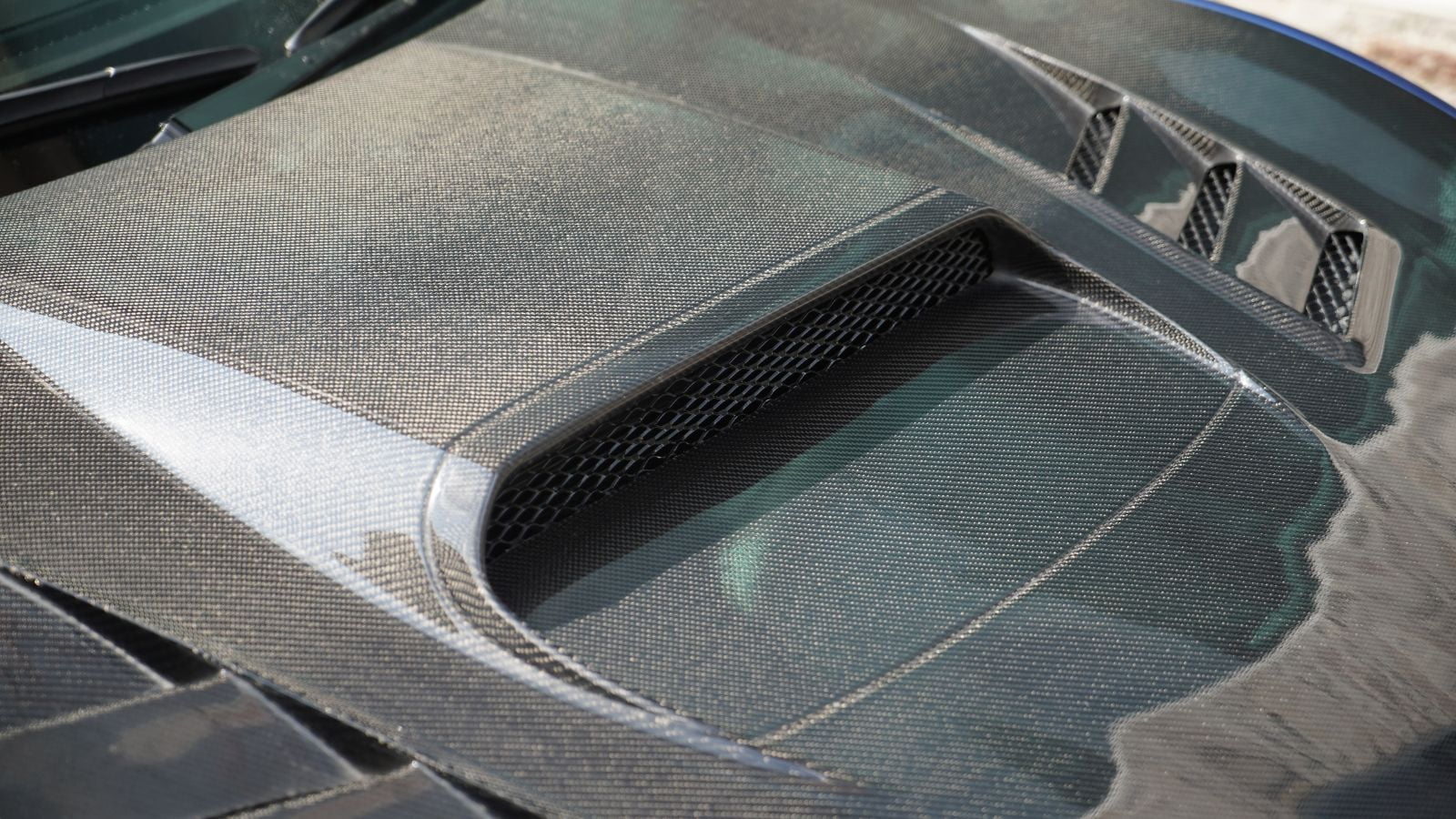
Hood vents aren’t just for show. Properly placed vents can dramatically improve under-hood airflow, reducing engine temperatures and preventing heat soak. This is particularly beneficial for turbocharged engines that generate excessive heat. Cooler engine temperatures can lead to more consistent performance, reduced engine wear, and, in some cases, slight power gains due to more efficient combustion.
Upgrading to Polyurethane Bushings
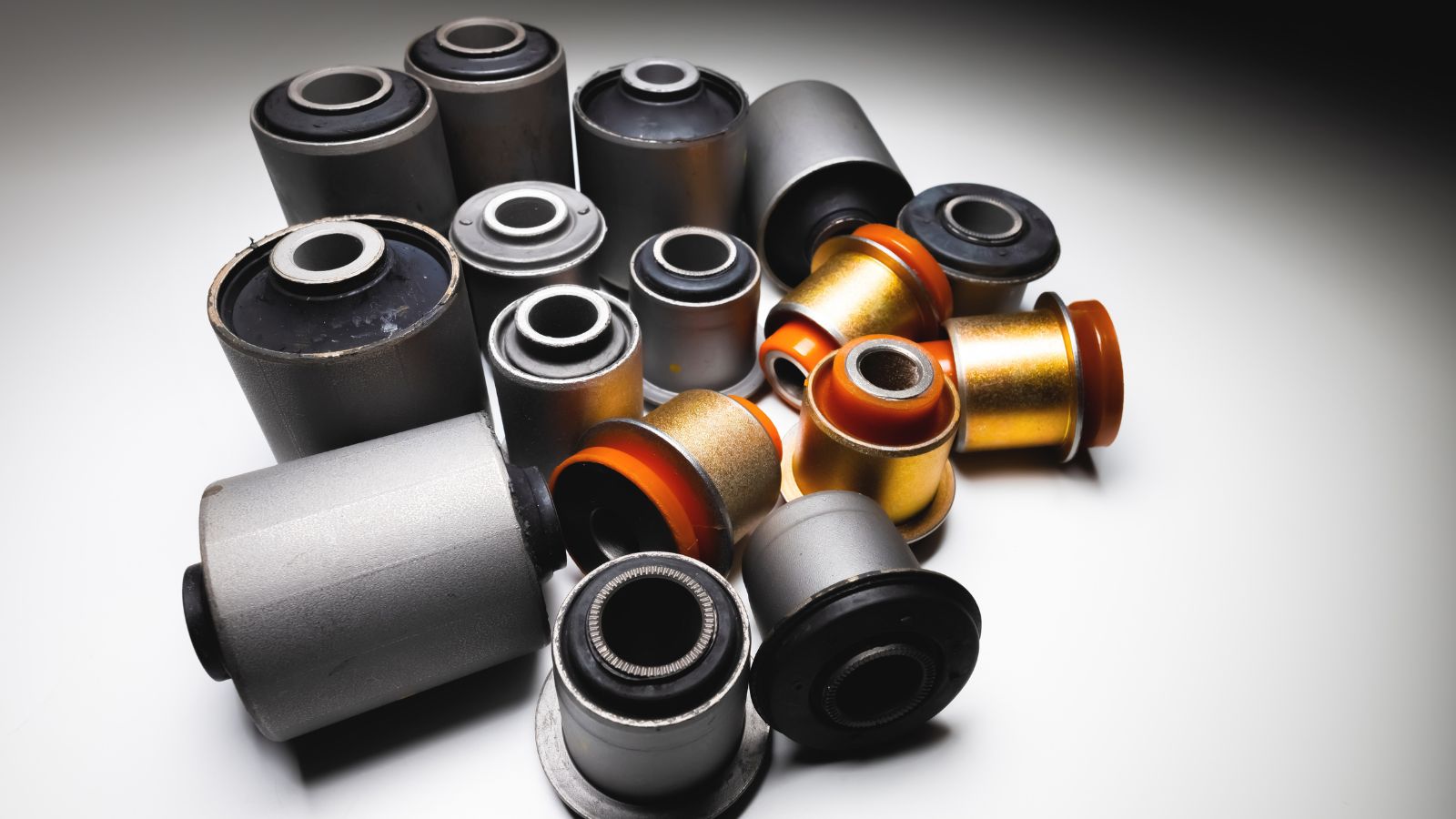
Bushings are the unsung heroes of a car’s suspension system, absorbing vibrations and impacts. However, stock rubber bushings can degrade over time, leading to less precise handling. Replacing them with polyurethane bushings tightens the suspension, providing a more responsive feel. The firmer bushings reduce deflection under load, resulting in better handling characteristics, particularly during aggressive driving. They also last longer than rubber bushings, offering a long-term performance benefit.
Ported and Polished Intake Manifold
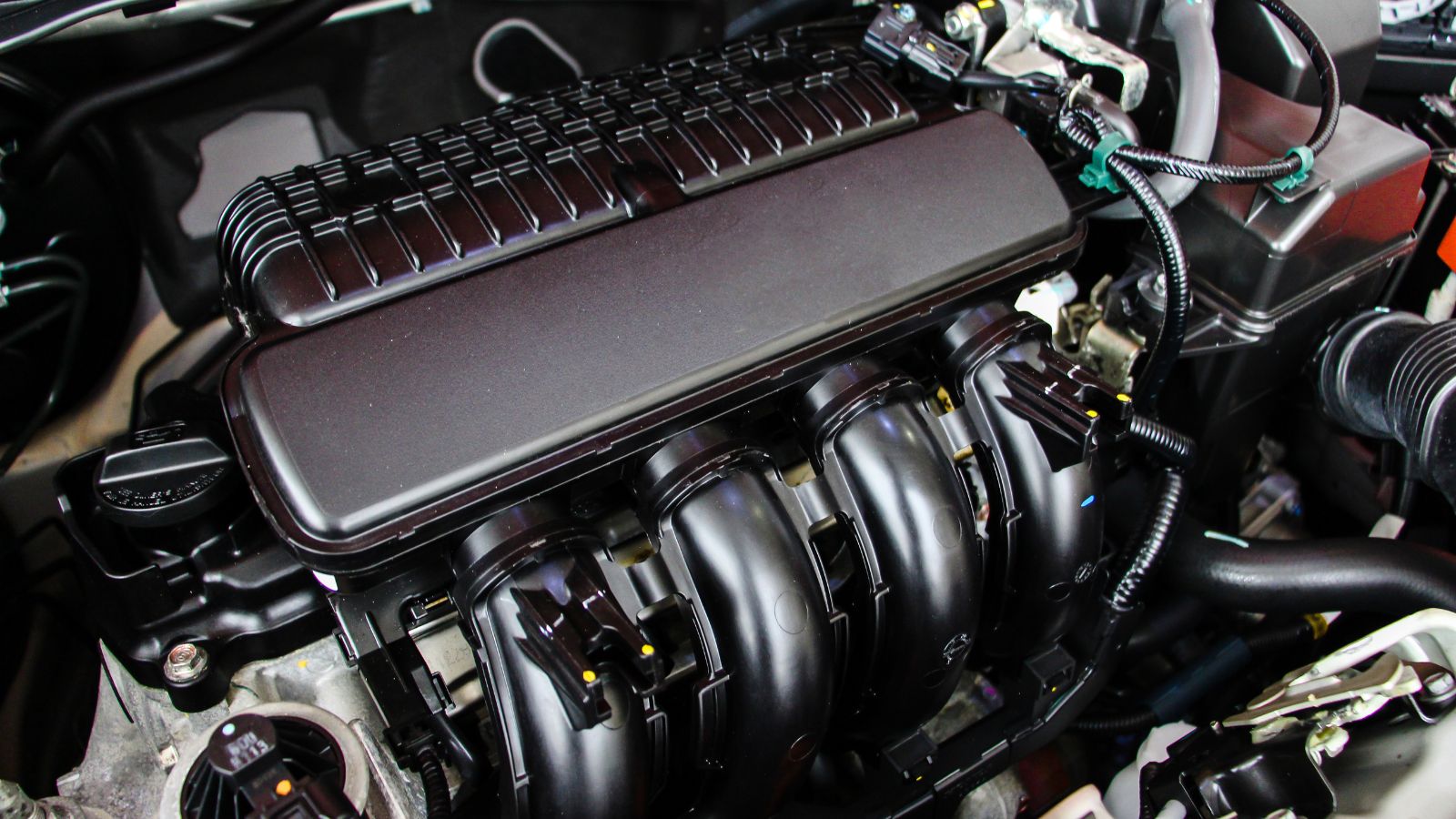
Porting and polishing the intake manifold is a technique often overlooked by amateur tuners. Smoothing and enlarging the intake ports can increase airflow into the engine, leading to more power. This modification can enhance throttle response and improve the engine’s power band. While the gains might not be as dramatic as forced induction, they are consistent and can be crucial to a well-rounded engine build.
Underrated Tires for Performance Gains
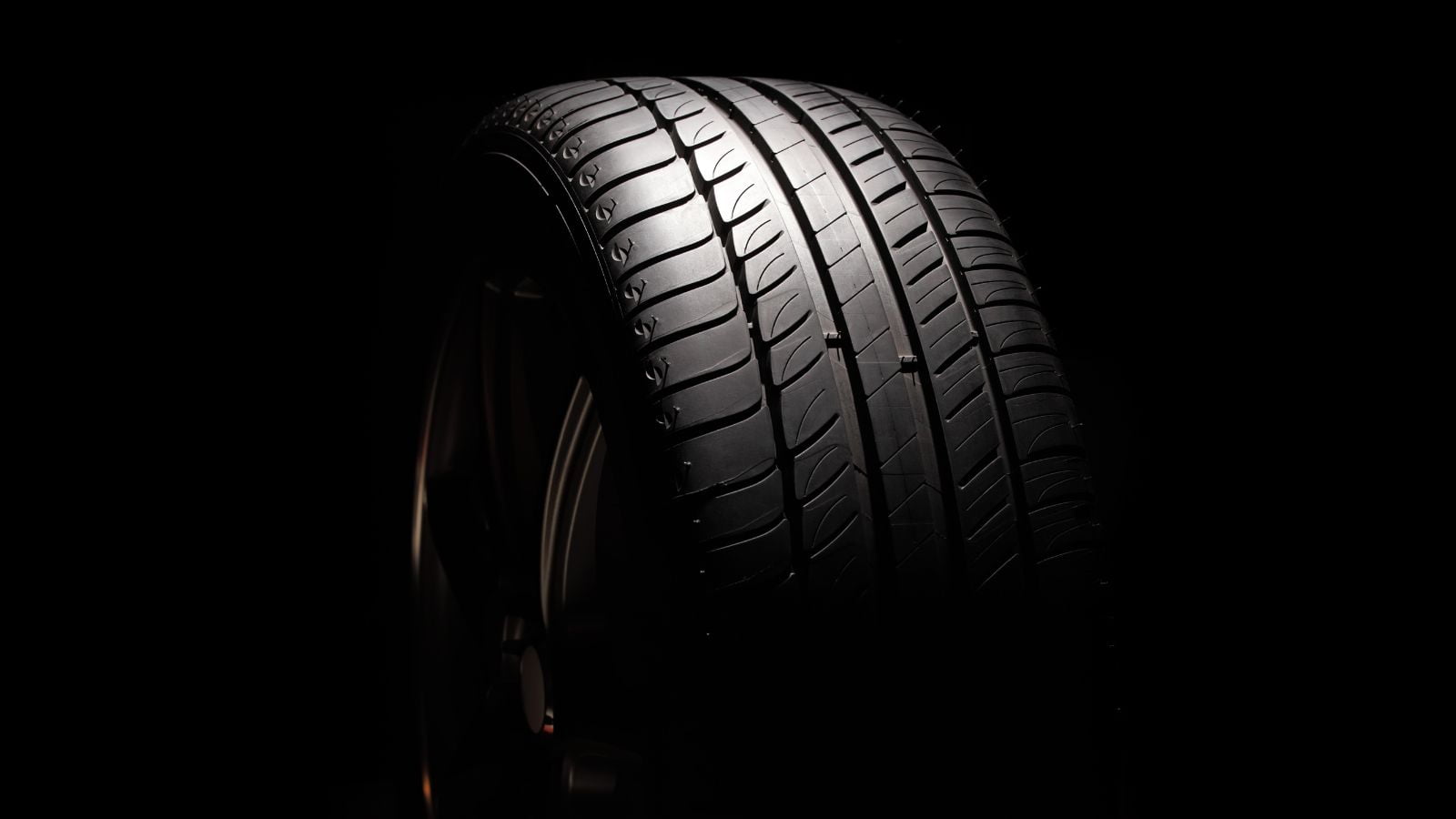
Many drivers underestimate the impact tires have on performance. Switching to high-performance tires can drastically improve a car’s grip, braking, and cornering abilities. Sticky tires provide better traction, translating to quicker acceleration and more confidence through corners. Additionally, lightweight tires can reduce unsprung mass, improving ride quality and handling. Investing in good tires is one of the most effective ways to boost performance for track days or spirited driving.
The Secret of the Lightweight Battery
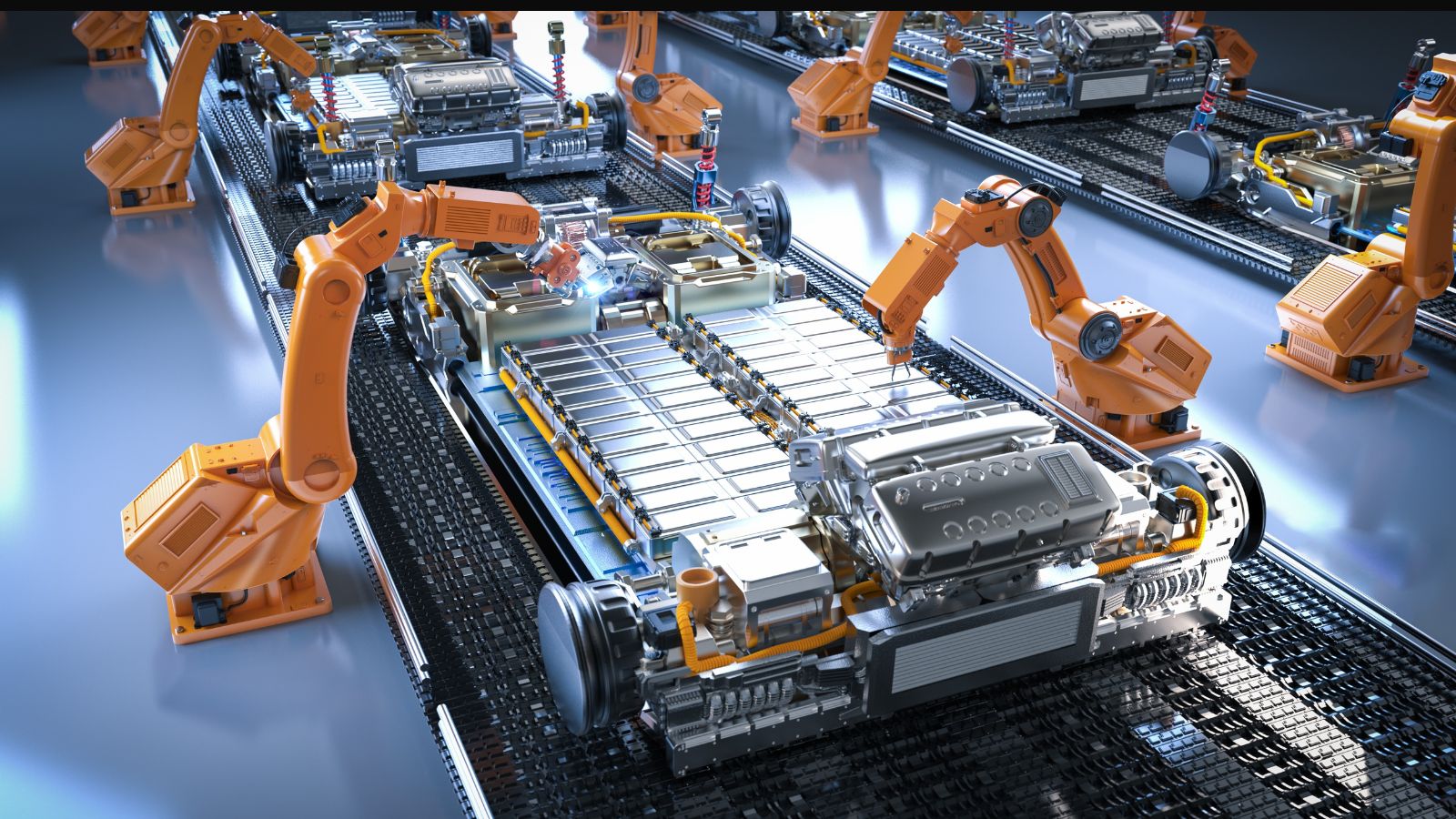
Standard lead-acid batteries are heavy, often weighing around 40 pounds. Switching to a lightweight lithium-ion battery can save significant weight — sometimes over 20 pounds. This weight savings is incredibly impactful in cars with a front-engine layout, as it reduces the burden on the front tires and improves weight distribution. The result is better handling, improved acceleration, and, in some cases, even a slight increase in fuel efficiency.
Custom Alignment for Handling Precision

Factory alignment settings are designed for comfort and tire longevity, not performance. A custom alignment tailored to your driving style can vastly improve your car’s handling. For instance, increasing negative camber on the front wheels can provide better grip during cornering, while toe adjustments can enhance steering response. This modification is beneficial for track days or spirited driving, where precision is paramount.
Weight Redistribution with a Rear Seat Delete

The rear seat delete is a modification often seen in track-focused cars, but it’s a trick that any performance enthusiast can use. By removing the rear seats, you not only save weight but also improve weight distribution, especially in front-heavy cars. This can result in better handling dynamics as the car’s center of gravity shifts rearward, providing more balance. Additionally, it frees up space for a roll cage or other safety equipment if you plan to take your car to the track.
Brake Ducts for Consistent Stopping Power

Overheating brakes can lead to fade, where the brakes become less effective during prolonged use. Installing brake ducts directs cool air onto the brake rotors and calipers, keeping them at an optimal temperature. This modification is especially beneficial for track use, where consistent stopping power is crucial. Cooler brakes maintain better friction, translating to shorter stopping distances and more confidence behind the wheel.
Quick Ratio Steering Rack for Enhanced Responsiveness
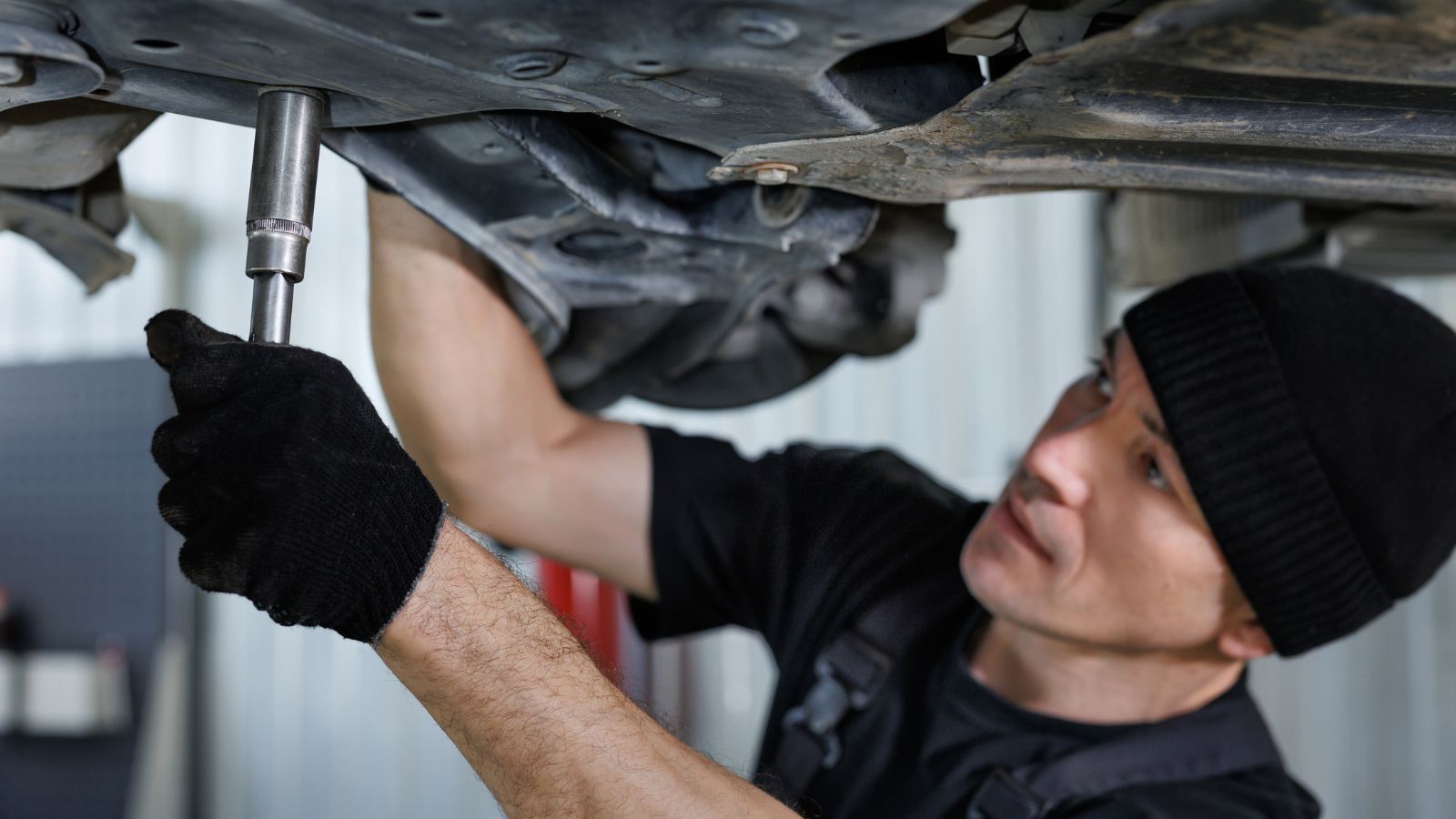
The steering rack controls how much the front wheels turn about the steering input. Upgrading to a quick ratio steering rack reduces the number of turns needed to go from lock to lock, which improves steering responsiveness. This modification is beneficial in tight, twisty roads or during autocross events, where rapid steering inputs are needed. The result is a car that feels more agile and connected to the road, giving the driver more control in dynamic driving situations.
Differential Cooler for Improved Durability

High-performance driving generates significant heat in the differential, which can lead to oil breakdown and, eventually, differential failure. Installing a differential cooler can mitigate this risk by keeping the differential oil at a lower temperature. This not only improves the longevity of the differential but can also lead to more consistent power delivery, especially during extended track sessions. It’s a modification that’s often overlooked but can be a lifesaver for those who push their cars to the limit.
Low-Temperature Thermostat for Engine Efficiency
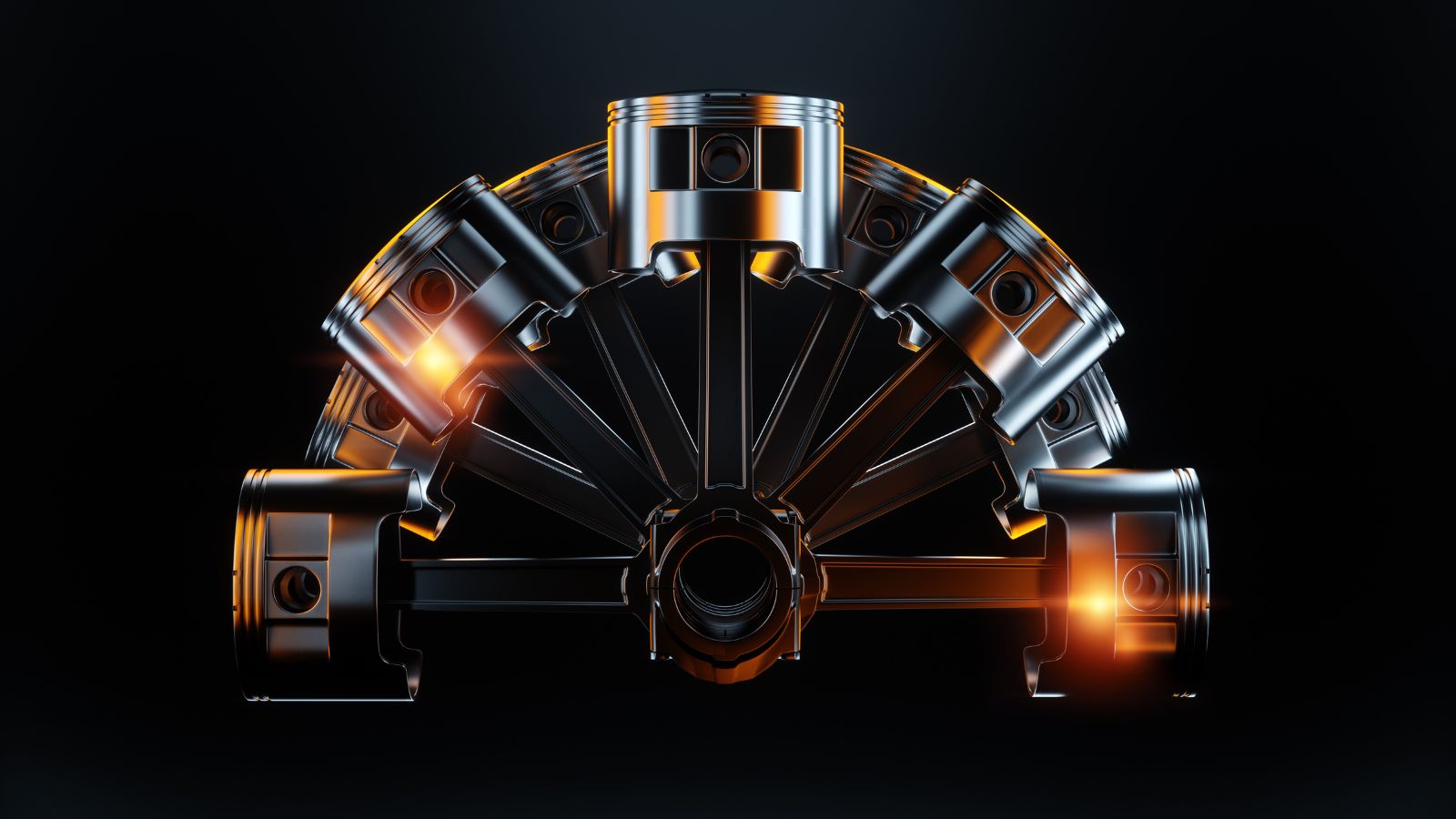
A low-temperature thermostat is a simple yet effective modification that can help keep your engine running cooler. Opening at a lower temperature allows coolant to flow through the engine earlier, preventing it from reaching high temperatures. This can be particularly beneficial in high-performance engines or hot climates, where keeping the engine cool is critical to maintaining performance. Cooler running temperatures can also reduce the risk of detonation, protecting your engine from damage.
14 Supercars Under $100K That Deliver Breathtaking Speed and Style

When you think of supercars, names like Ferrari, Lamborghini, and McLaren often come to mind, along with their staggering price tags. However, high-performance vehicles aren’t exclusively reserved for the super-rich. There exists a sweet spot where speed, style, and (relatively) sensible pricing converge, offering thrilling rides without completely obliterating your bank account. Hop in as we explore 14 underrated supercars under $100K.
14 Supercars Under $100K That Deliver Breathtaking Speed and Style
